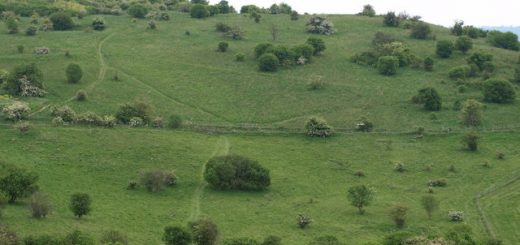Stang Riding (Stang-riding)
According to ‘Lancashire Legends, Traditions, Pageants, Sports’ (1873) edited by John Harland & T. T. Wilkinson, ‘THE practice of what is locally termed “stang riding” was practised in Lancashire some forty years’ ago. When a man or woman is detected in an act of unfaithfulness, a framework of two long poles is procured, across which is placed a flat board, to serve as a seat. The person who has offended is then caught by the crowd, and tied fast to the seat with cords. A procession is then formed, and the culprit is carried aloft on the shoulders of four men, attended by a crowd, who make all the discordant noises they can, on pots, pans, tea-trays, etc., as they pass along the road. On arriving at the front of any house, the procession halts, and the leader of the gang proclaims the names of the parties, with the time and place where the fault has been committed. When the real parties cannot be captured, a substitute is found, and the procession passes along as if the offenders were really present. The writer accompanied one of these processions, in the neighbourhood of Blackburn, when quite a youth; and the feud thus created was not allayed for many years.’
In his diaries, William Rowbottom mentioned an instance of Stang Riding in Oldham during the 18th century. ‘Peter Blaze, of North Moor, rode stang for Amos Ogden of same place, April 22nd, 1788. What is remarkable, Amos rode stang for Peter in the year 1776.’




Recent Comments